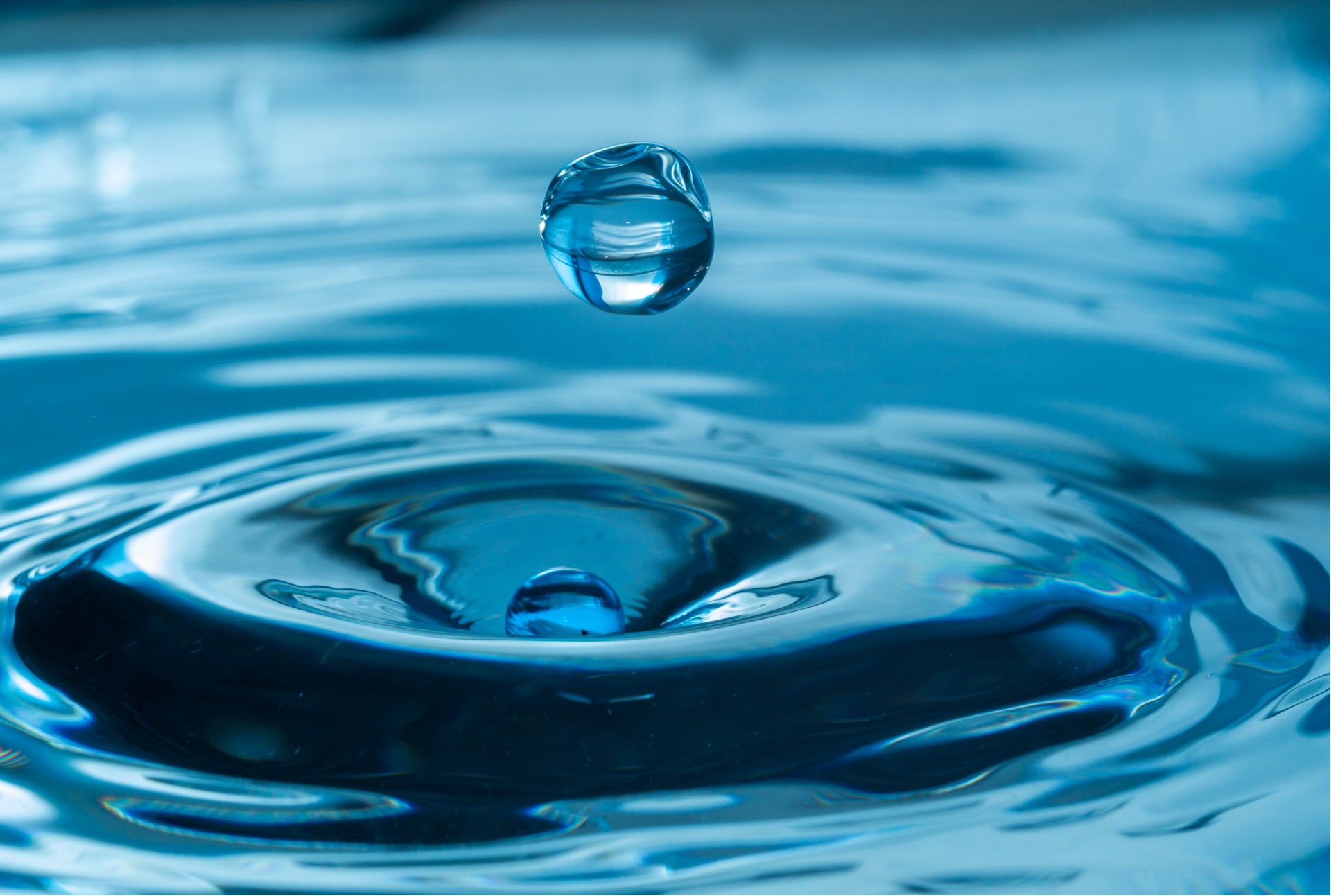
Researchers have designed a water harvester that can continuously absorb water from air, enabling it to collect water 24 hours a day.
Developed for use in areas where drinking water is scarce, such as desert environments, it runs on solar power and is capable of extracting water even in very dry conditions.
The water harvester, which is detailed in the journal ACS Central Science, has been developed by researchers at the University of California, Berkeley, and builds on a previous design first demonstrated in 2017, but produces water at ten times the rate of the previous model.
How the water harvester turns air into drinking water
While other devices do exist to extract water from low-humidity air, which is typically found in desert conditions, they typically need significant cooling capabilities, making them power-hungry and ultimately impractical for real-world use.
“It is well known that in order to condense water from air at a low humidity – less than 40% relative humidity – you need to cool down the air to below freezing, to 0°C, which is impractical,” explained study lead Omar Yaghi, a UC Berkeley professor of chemistry and co-director of the Kavli Energy NanoSciences Institute.
“With our harvester, we are doing this at very low humidity without such cooling; there is no other material that can do that.”
How well do you really know your competitors?
Access the most comprehensive Company Profiles on the market, powered by GlobalData. Save hours of research. Gain competitive edge.

Thank you!
Your download email will arrive shortly
Not ready to buy yet? Download a free sample
We are confident about the unique quality of our Company Profiles. However, we want you to make the most beneficial decision for your business, so we offer a free sample that you can download by submitting the below form
By GlobalDataThis is achieved using a material known as a metal-organic framework (MOF), a highly porous substance that can absorb water and then disgorge it for collection. Yaghi and his team have been inventing water-absorbing MOFs for 15 years, which have a surface area per gram equivalent to a football field.
This enables water molecules in ambient air to stick to the material’s internal surface, increasing the MOF’s internal humidity to the point where water condenses at room temperature. When the material is heated slightly, this makes the water come out of the MOF, enabling it to be condensed and collected for drinking.
The current water harvester model builds on the 2017 version with the introduction of a fan, which blows organic air onto the MOF and increases the rate at which water is collected and disgorged. This enables it to produce 700ml per kilogram of MOF each day – equivalent to three cups.
Towards large-scale off-grid water supplies
While the water harvester is currently at the testing phase, Yaghi has launched a startup, Water Harvester, which will soon begin marketing devices for real-world use.
Initially this will take the form of a water harvester the size of a microwave oven, which will be capable of producing between 7 to 10 litres of drinking water per day, enough for consumption and cooking for two to three adults.
The startup also plans to produce a version the size of a small refrigerator, which is designed to meet the water needs of an entire household, producing 200 to 250 litres of water a day.
In the long run, the company plans to produce a version suitable for an entire village, producing 20,000 litres a day and ultimately taking water supplies completely off-grid.
“We are making ultra-pure water, which potentially can be made widely available without connection to the water grid,” said Yaghi.
“This water mobility is not only critical to those suffering from water stress, but also makes possible the larger objective – that water should be a human right.”




